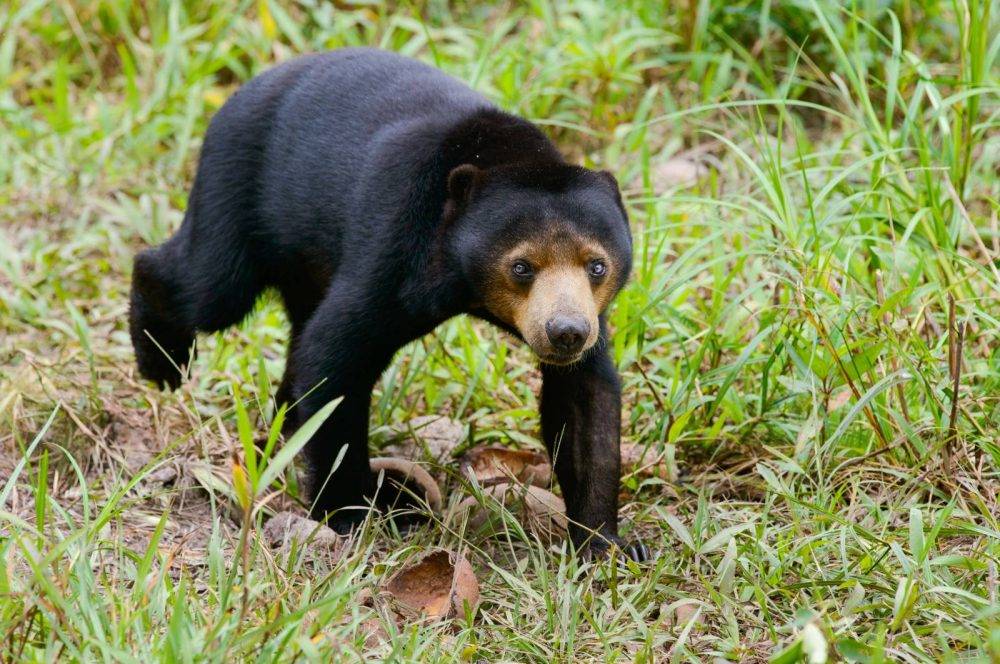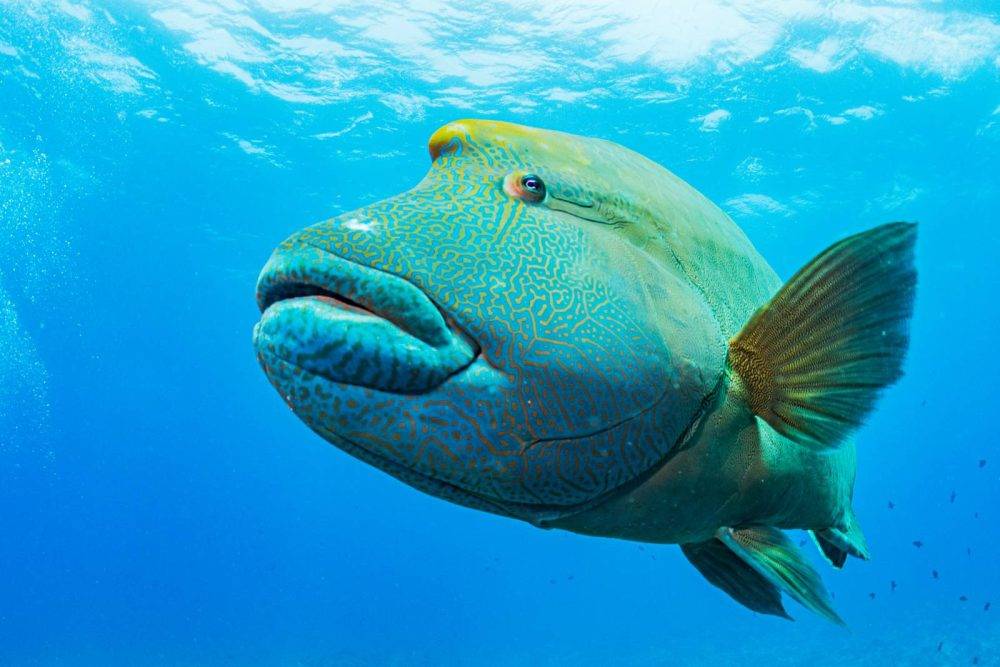
South African wildlife enthusiasts have long enjoyed front-row access to the wonders of nature. With rich biodiversity and awe-inspiring landscapes, it’s no surprise that the region is often considered one of the best places on Earth to witness wildlife. But now, a bold new documentary series is turning viewers’ attention eastward. Asia, produced by acclaimed wildlife filmmaker Matthew Wright, is a cinematic journey across one of the most diverse and ecologically rich continents in the world. As the series concludes, the final episode — The Making of ASIA — airs Monday, 14 April at 20:00 on BBC Earth (DStv Channel 184), offering a behind-the-scenes look at the extraordinary challenges, discoveries, and dedication that brought the series to life.
“Asia and Africa are the twin giants of the natural world,” says Wright. “They’re both colossal continents packed with ecosystems that are vastly different from one another, yet equally compelling.” While South African viewers are familiar with the Big Five and the unique creatures that inhabit their homeland, Asia unveils a treasure trove of wildlife stories — many unfamiliar, yet just as thrilling.
One of the most fascinating aspects of the series lies in the comparisons it draws between species that exist across both continents. “Tigers behave very differently from lions, Indian elephants face challenges distinct from those of African elephants, and the rhino species in Asia lead lives that contrast starkly with their African relatives,” Wright explains. These subtle distinctions offer a fresh lens on how geography, climate, and human interaction shape animal behavior.
A core theme throughout the series is how animals are adapting to an increasingly urbanized and human-occupied world. It’s a theme that resonates with South Africans, who regularly see wildlife encroaching on urban environments — like baboons navigating Cape Town’s suburbs or leopards moving through parts of the Drakensberg.
One remarkable story in the series showcases a tigress raising four cubs on the edge of Bhopal, a bustling Indian city. “What was truly astonishing was her ability to avoid humans not by location, but by time,” says Wright. “She would move through parkland or along roads just minutes after people had passed through. It’s a sophisticated strategy — and one she’s likely teaching her cubs.”
In southern India, elephants have adapted their movements around vast tea plantations — creating another example of how wildlife and humans coexist in unexpected ways. “They don’t actually eat the tea leaves — they’re too bitter — but they graze on the weeds growing between the bushes,” Wright says. “It’s like watching massive gardeners move carefully through someone’s backyard.” To aid this delicate balance, local scientists are developing early-warning systems to prevent human-elephant conflict and ensure both species can thrive.

Among the series’ greatest challenges was filming the critically endangered Gobi bear. With fewer than 40 individuals remaining in the wild, spread across the immense Gobi Desert in Mongolia, documenting these animals seemed nearly impossible. “We worked with Mongolian scientists and park authorities, setting up remote cameras over a span of 18 months,” Wright says. “What we captured was the most comprehensive footage of the species ever filmed — including a cub, which was the first seen in several years.”
Conservation is a recurring thread, with many of the stories underscoring how habitat loss, climate change, and population growth continue to threaten wildlife across the continent. “We can’t just protect species — we need to protect the spaces they need to survive,” Wright warns. He draws comparisons with Europe, where many animals have vanished due to the destruction of wild spaces, and emphasizes the importance of proactive conservation before it’s too late.
Wright also highlights the spirit of collaboration that made the series possible. Throughout production, his team worked closely with local scientists, rangers, and conservationists — people who dedicate their lives to protecting Asia’s natural heritage. “There’s a deep and growing appreciation for wildlife among the public in many parts of Asia,” he says. “It’s incredibly inspiring.”
Technology also played a starring role in the making of Asia. “Drone technology has revolutionised how we film,” Wright explains. “We used lightweight, ultra-quiet drones with extended battery life and powerful zoom lenses. That meant we could film elusive animals without disturbing them — and capture authentic, natural behaviour from the sky.” In Nepal, drones recorded stunning sequences of wild tigers mating, bathing, and hunting — footage that would have been nearly impossible to capture with traditional techniques.

For underwater scenes, the team developed custom camera rigs mounted on high-speed boats, allowing them to film fast-paced marine action. “One of the most dramatic moments was a school of Moorish idol reef fish spawning, only to be pursued by a group of sharks — it was like watching a perfectly choreographed action scene unfold in real life,” says Wright.
Though South Africans may feel they’ve already witnessed the pinnacle of the natural world, Asia offers a fresh, powerful reminder that there is always more to explore. “Living in Africa, you might think you’ve seen the best nature has to offer — but Asia will surprise you,” Wright promises. “It’s full of creatures, environments, and behaviours you’ve likely never seen before.”
For South African viewers, the series offers something even more valuable — a renewed sense of wonder. “If you want to know what it feels like for someone seeing Africa’s wildlife for the first time,” Wright concludes, “watch Asia. You’ll be amazed.”
Catch the final episode of Asia on BBC Earth (DStv Channel 184), or binge the entire series on DStv Catch Up. A must-watch for wildlife lovers, explorers, and fans of exceptional storytelling.



